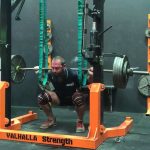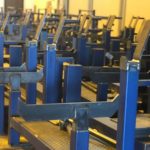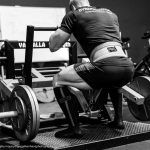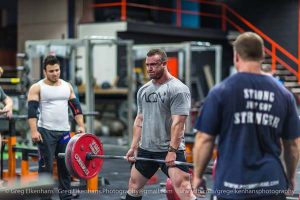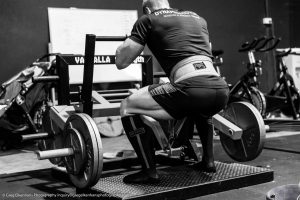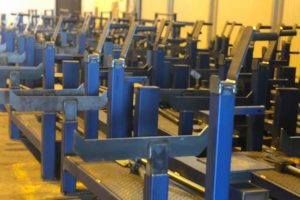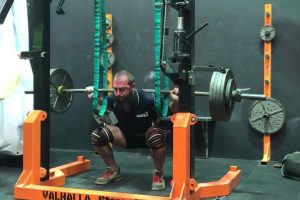When it comes to strength training, the barbell will always reign supreme for the big lifts. There are different types of barbells available, and when looking to buy one, the type of lifting and the exercises you will be doing will ultimately determine the specific type you want to purchase. Read more on the features to consider when buying a barbell.
You can use barbells for a wide variety of exercises, but there are variations between them that make some bars better for certain exercises than others – such as the diameter, knurling, and whip. As the weights get heavier, this will become increasingly more important for the heavier lifts.
1. The power bar
Powerlifting barbells, such as our Valhalla Strength Power Bar, are the most common barbell type. They are usually 2.2m long and very rigid, stiff bars.
The power bar is a universal bar, and can be used for all 3 lifts: Squat, Bench Press and Deadlift.
· Knurling on powerlifting bars is aggressive (This is the grip)
· This helps the athlete to hold his grip during heavier attempts.
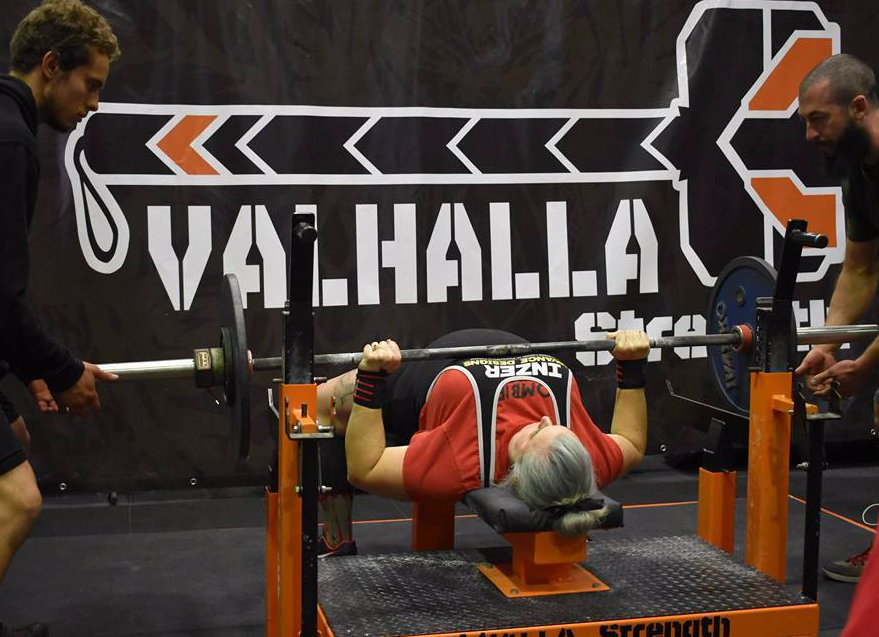
2. The Deadlift bar
Deadlift bars are another variety of Powerlifting bars, but it tends to be slightly narrower in diameter, with more aggressive knurling to give you a better grip. Each of the bars is specifically designed for their purpose: The Deadlift bar has more whip, which allows it to bend more before the weight comes off the floor. This ensures you build more speed at the start of the pull, helping you to move bigger loads.
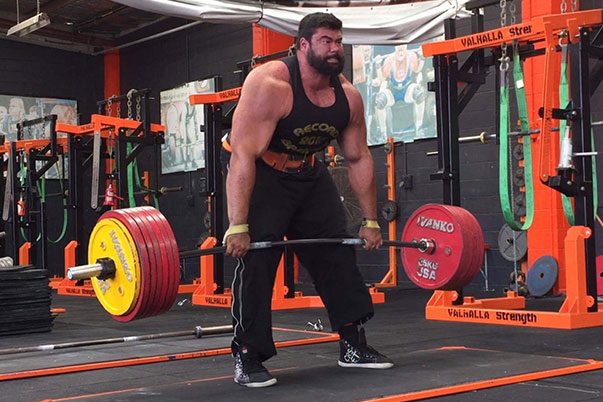
3. The Olympic bar
Olympic weightlifting consists of two lifts: the snatch and the clean and jerk – a single, maximum effort lift. Olympic lifting is generally a test of an athletes’ explosive power and technique, not pure lifting strength.
Olympic bars look like power bars but their sleeves (and the bearings inside) are built to different standards as they get dropped repeatedly during training and competition.
They must also come with smooth, fast rotating sleeves with needle bearings, which allows the lifter to get under the bar quickly and without releasing their grip.

